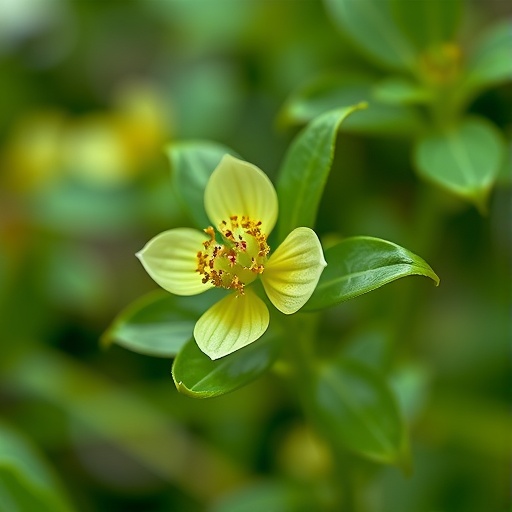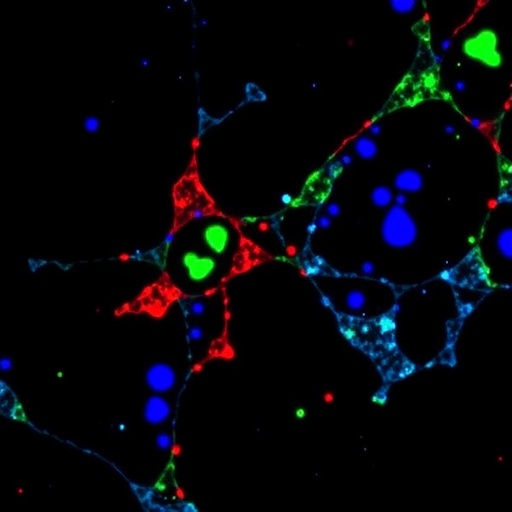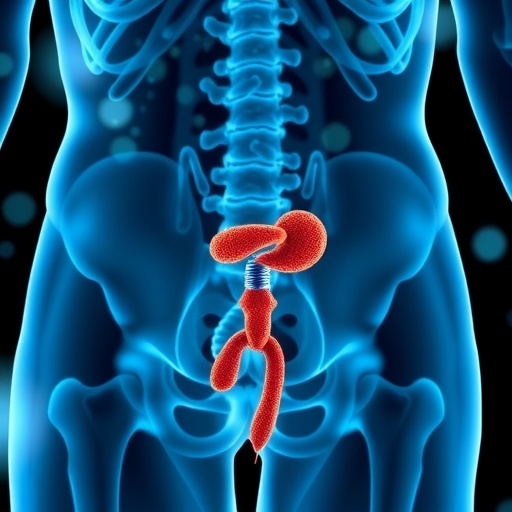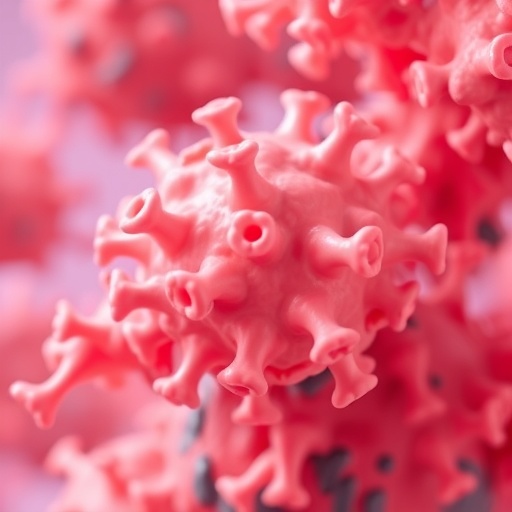In the complex world of natural compounds, few have garnered as much attention as loliolide, a green monoterpenoid lactone. This compound is emerging as a significant contributor to health and ecological sustainability. Notably, it possesses unique structural properties that distinguish it within its class, offering a cascade of potential therapeutic benefits. The recent comprehensive review by Farzeen and colleagues sheds light on loliolide’s multifaceted roles, which could revolutionize its application in pharmaceuticals and environmental conservation.
Loliolide is primarily extracted from a variety of plant sources, including the beloved rosemary and other herbs. Its chemical structure comprises a lactone ring essential for its biological activity, which enables various interactions with biological systems. The review meticulously outlines how these structural components are pivotal for loliolide’s therapeutic actions, acting as modulators in disease pathways. This structural analysis is foundational for understanding pathways to novel therapies.
The therapeutic potential of loliolide is profound, with significant implications for treating inflammatory diseases and cancer. The compound demonstrates the capacity to inhibit pathways involved in inflammatory responses, signaling pathways that often lead to chronic diseases. By acting on these pathways, loliolide not only reduces inflammation but also aids in the alleviation of pain, positioning it as a natural alternative in pain management. This review highlighted existing research linking loliolide’s properties to anti-inflammatory effects, urging a deeper exploration of its pharmacological possibilities.
Moreover, loliolide’s anti-cancer properties are particularly striking. Recent studies referenced in the review indicate that loliolide may induce apoptosis, the programmed cell death crucial for combating tumor growth. By promoting apoptosis within malignant cells, loliolide can be integrated into therapeutic regimens for various cancers, embracing a future where plant-derived compounds contribute significantly to oncological treatments. There is an encouraging trend of integrating such natural compounds into existing treatment frameworks to enhance efficacy and reduce side effects.
Beyond its health benefits, loliolide reflects a broader ecological significance, asserting its role in sustainable practices. Incorporating loliolide in agricultural practices could lead to breakthroughs in pest control. The compound exhibits natural insecticidal properties that can deter various plant pests without the adverse effects associated with synthetic pesticides. This not only preserves organic farming practices but could also enhance crop yield, contributing to food security while minimizing environmental impact.
The computational validation presented in the review serves as a crucial aspect of this research. By utilizing advanced computational methods, researchers were able to predict loliolide’s behavior in biological systems with unmatched accuracy. This computational approach facilitates a better understanding of how loliolide interacts at the molecular level and lays the groundwork for future drug discovery processes. The integration of computational validation signifies a progressive step towards modernizing medicinal chemistry with cutting-edge technology.
The findings presented in this review ignite a call to action for researchers and industries alike to invest in the exploration of loliolide and its derivatives. In light of the growing interest in phytochemicals, loliolide represents a promising candidate for further study. Its integration into therapeutic applications could signify not just an advancement in pharmacognosy but also a shift towards holistic and natural approaches in medicine.
Furthermore, the potential applications of loliolide extend into dietary supplements. With consumers increasingly gravitating towards natural health products, the incorporation of loliolide in functional foods could cater to this growing demographic. As health-conscious consumers seek out natural alternatives, the role of loliolide in improving overall wellness could prove pivotal in shaping future market trends. Supplement producers are encouraged to consider loliolide as a key ingredient in their products.
The review also suggests a comprehensive analysis of loliolide’s pharmacokinetics, which is crucial for understanding its efficacy and safety profile. Insight into the absorption, distribution, metabolism, and excretion of loliolide will inform dosage recommendations and therapeutic guidelines, enhancing the compound’s credibility in clinical settings. The ongoing research promises to delineate optimal formulations and delivery methods to maximize therapeutic benefits.
In summary, the comprehensive review by Farzeen et al. encapsulates the essence of loliolide’s potential in both health and ecological domains. The findings provide a robust foundation for future investigations into this promising compound. With its unique therapeutic properties and ecological advantages, loliolide suggests a harmonious blend of health and sustainability, paving the way for a new chapter in natural product research.
As researchers delve deeper into the study of loliolide, it becomes increasingly evident that this compound could redefine our approach to health and the environment. The exploration of loliolide, coupled with technological advancements in validation processes, holds the promise of uncovering greater therapeutic potentials while reinforcing sustainable practices in agriculture. The future of loliolide is bright, and its journey is just beginning, with implications that could resonate for generations to come.
The comprehensive review has sparked significant interest within the scientific community, open doors to new research avenues, and inspired multidisciplinary collaborations. This will undoubtedly amplify efforts to understand and harness the full spectrum of loliolide’s capabilities. Loliolide has the potential not just to influence scientific paradigms but also to inspire a generation of researchers committed to pursuing natural solutions to complex health and environmental challenges.
The ongoing investigations into loliolide will continue to evolve, with implications spanning various fields from pharmacology to agronomy. The confluence of science and nature is exemplified through loliolide, embodying the harmony that can exist when these realms are explored holistically. As we stand at the frontier of medical and ecological discovery, loliolide serves as a beacon of hope, inspiring further research and innovation.
The journey of loliolide illustrates the intrinsic value of natural products in addressing modern challenges. It is a testament to nature’s ingenuity, providing solutions that resonate with growing demands for health and sustainability. As research continues, loliolide will undoubtedly emerge as a subject of fascination and a focal point for transformative advancements in both therapeutic applications and agricultural practices.
Subject of Research: Loliolide’s therapeutic and ecological significance.
Article Title: Loliolide: green monoterpenoid lactone with therapeutic and ecological significance-a comprehensive review with computational validation.
Article References:
Farzeen, I., Zafar, S., Zafar, N. et al. Loliolide: green monoterpenoid lactone with therapeutic and ecological significance-a comprehensive review with computational validation.
Mol Divers (2025). https://doi.org/10.1007/s11030-025-11391-4
Image Credits: AI Generated
DOI: https://doi.org/10.1007/s11030-025-11391-4
Keywords: loliolide, monoterpenoid lactone, therapeutic potential, ecological significance, natural compounds, inflammation, cancer, computational validation, sustainable agriculture, dietary supplements.
Tags: biological activity of lactonesenvironmental sustainability compoundsgreen monoterpenoid lactoneherbal sources of loliolideloliolide cancer treatment researchloliolide inflammatory disease treatmentLoliolide monoterpenoid benefitsloliolide pharmaceutical applicationsloliolide therapeutic potentialnatural compounds health applicationsrosemary extract health benefitsstructural properties of loliolide





